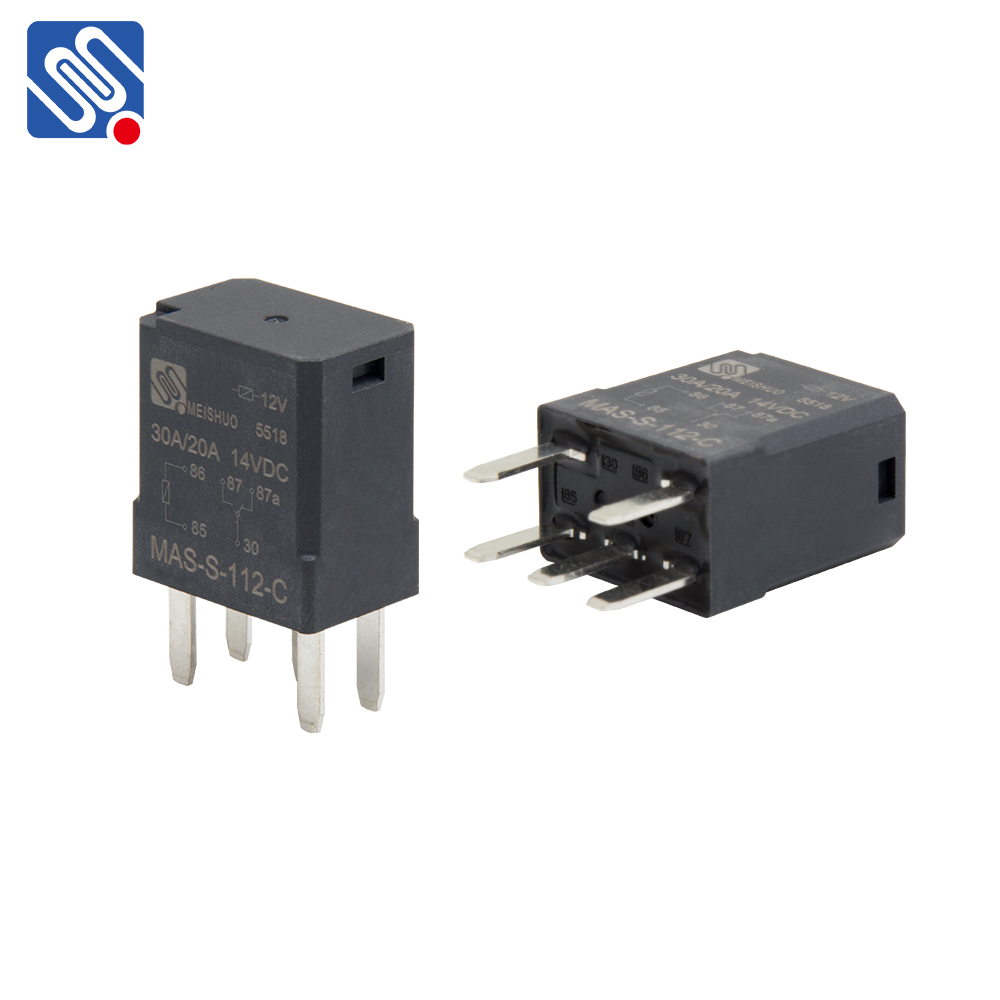Relay compatibility is a critical consideration in the design and operation of modern electrical and electronic systems. Relays, as fundamental switching devices, play an essential role in controlling circuits by opening and closing contacts in response to electrical signals. However, the effectiveness of a relay largely depends on its compatibility with the surrounding components, protocols, and operational environment. Understanding relay compatibility is therefore vital for engineers, technicians, and system designers aiming for reliable and efficient system performance.

At the most basic level, electrical compatibility is the foundation of relay selection. A relay must match the voltage and current specifications of the circuits it controls. Overloading a relay beyond its rated current can lead to overheating, contact wear, or even catastrophic failure. Conversely, if the relay is undersized, it may not reliably actuate, causing intermittent operation or system errors. Additionally, contact material and type, such as silver or gold plating, can affect the relay’s suitability for specific applications, particularly in low-current or sensitive electronic circuits. Ensuring electrical compatibility prevents damage to both the relay and the connected equipment, thereby enhancing system reliability.